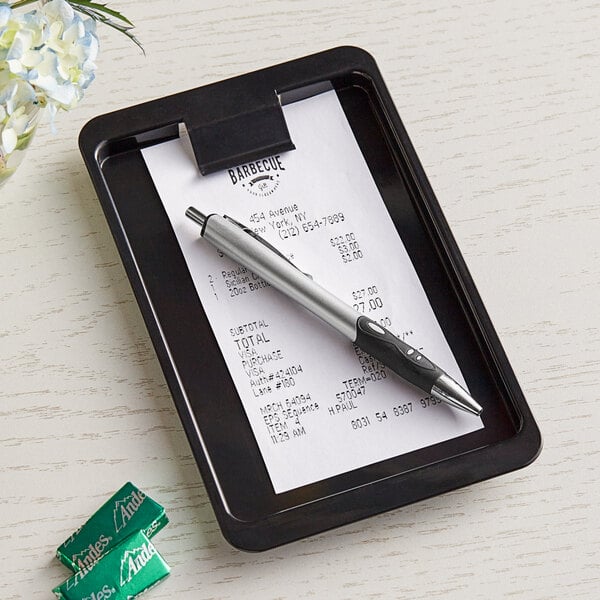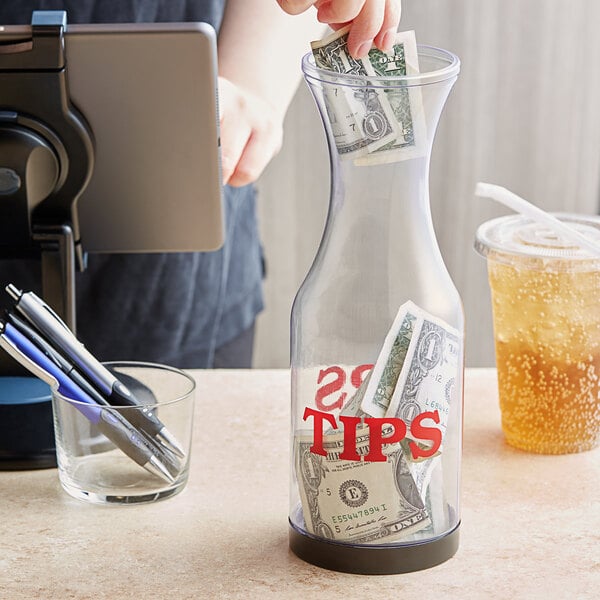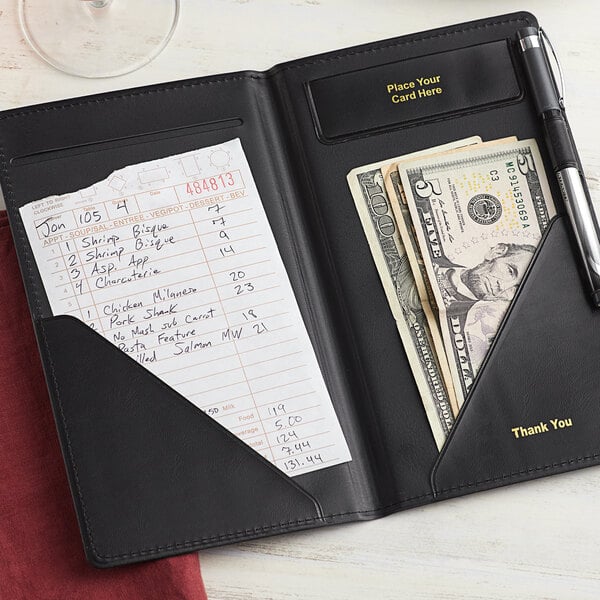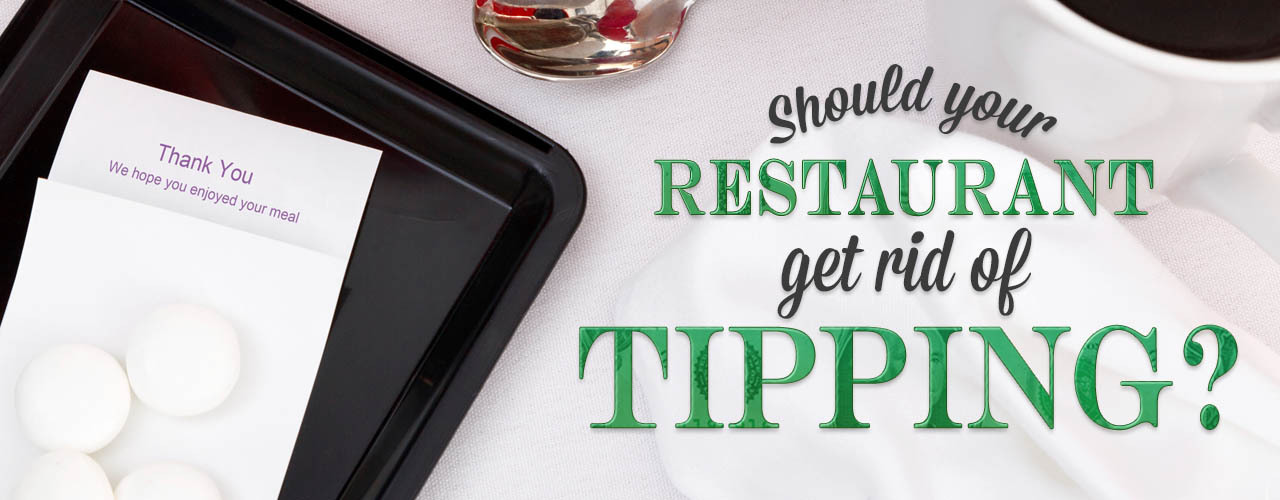Should Your Restaurant Get Rid of Tipping?
Last updated on Dec 3, 2025Jessica WieserTipping has long been a customary practice in the restaurant industry, with customers voluntarily leaving gratuities to show appreciation for good service. However, in recent years, there has been a growing debate about whether restaurants should eliminate tipping altogether. This shift is driven by various factors, including the desire to create a more equitable pay structure for all restaurant staff and to provide a more consistent dining experience for customers. As the restaurant landscape evolves, it's essential for restaurant owners and operators to carefully consider the implications of eliminating tipping and how it could impact their business.
Why Tipping Should Be Banned
The debate over whether tipping should be banned is gaining traction for several compelling reasons:

1. Vague Tipping Etiquette
It’s not always clear when tipping is or isn’t expected. There is often confusion around take-out orders, fast casual restaurants, and buffets, just to name a few. It can be especially confusing for customers when the expectations vary on almost a case-by-case basis.
Since different establishments handle tips in different ways, it is difficult to tell where the money from the tip jar is going. For example, coffee shop employees may split up the tip jar as they finish up their shift, but some establishments will collect all the tips for the whole year in order to pay for a holiday party for the staff. Most foodservice staff work hard for a low hourly wage and they rely on tips, so it’s important for customers to understand how their money is being used and in what circumstances they’re expected to leave a tip.
2. Inconsistent Earnings
Many people don’t realize that servers at restaurants are only guaranteed an hourly wage of about $2.13 by federal law. The rest of their income comes from tips. Sometimes, a server’s tips will suffer due to circumstances beyond their control. A rowdy customer, a shortage of a menu item… there’s any number of things that can go wrong. Customers aren’t always sympathetic towards these mishaps, and that’s unfair to the front-of-house staff.
3. Tensions between Front- and Back-of-House
During a busy shift, front-of-house employees have the potential to earn more money than those in the back-of-house. This is because servers’ wages are largely determined by the amount of tables they wait, while back-of-house employees typically have a fixed hourly wage. This leaves your back-of-house staff at a disadvantage because even though they are under just as much pressure with the increased volume of customers, they don’t see any reward for working extra hard.
4. Employees Feel Underappreciated
Even though serving staff and bartenders can make a living on tips, the low hourly wage may make them feel underappreciated. Offering staff a consistent pay rate can reduce employee turnover. Your employees will enjoy the security of knowing what to expect from their wages each month, even during slow times of the year, which can reduce stress in their personal lives. It also shows your staff that you appreciate them.
5. Streamlined Operations
Banning tipping can streamline restaurant operations by eliminating the need for servers to track and report tips, leading to a more efficient and transparent system. It can also help simplify a customer's experience. Without the need to calculate and leave a tip, diners can enjoy their meal without the added pressure of determining an appropriate gratuity amount. This can lead to a more relaxed and enjoyable dining experience for customers, ultimately benefiting the restaurant's reputation and customer loyalty.
6. Underreporting Tips
One reason why tipping should be banned in restaurants is the issue of underreporting tips to avoid taxes. Tipped employees are responsible for reporting their tips to the IRS for tax purposes. However, the nature of cash tips makes it challenging for the IRS to track and enforce accurate reporting. By eliminating tipping and instead paying employees a fair wage, restaurants can ensure that all income is properly reported and taxed. This can help improve tax compliance and reduce the potential for fraud, benefiting both employees and the government.
Why Tipping Should Not Be Banned
While there is ongoing debate about whether tipping should be eliminated in favor of higher wages for restaurant staff, there are several reasons in favor of tipping not being banned:

1. Personal Interactions
Tipping can help interactions between customers and servers or bartenders feel more personal. Leaving a generous tip is a nice way for customers to show their appreciation for the service provided to them. Discouraging tipping may cause confusion for guests, and it removes the emotional connection that servers and diners have become accustomed to as part of the restaurant-going experience.
2. Incentive for Good-Quality Service and Upselling
It can also be argued that the tipping system acts as an incentive for servers to provide guests with the best possible experience. It’s a similar idea to sales commissions since tipping is a percentage of the total cost of the meal — servers stand to earn better tips if they upsell. By allowing customers to tip based on their experience, servers are motivated to provide exceptional service to earn higher tips. This system incentivizes staff to go above and beyond to ensure customer satisfaction, leading to a better overall dining experience.
3. Higher Menu Prices
The money that goes towards an hourly wage has to come from somewhere. In most cases, this will mean raising the price of items on your menu. The cost for customers typically winds up being the same as it would be if a customer were leaving a tip, but customers who are accustomed to leaving tips might be scared of the high menu prices.
4. Employee Recruitment
Many individuals are attracted to working in the restaurant industry because of the potential for earning tips, which can serve as a strong incentive for recruiting talented and motivated employees. By maintaining a tipping system, restaurants can attract a pool of skilled and dedicated employees who are motivated to provide exceptional service to customers. This, in turn, can contribute to a positive experience for patrons and ultimately benefit the restaurant's reputation and bottom line.
Alternatives to Tipping in Restaurants
As the restaurant industry evolves, some establishments are exploring alternatives to the traditional tipping model. Here are some innovative approaches that restaurants are adopting to replace the common practice of tipping:

- Higher Base Wages - Some restaurants are choosing to pay their employees higher base wages in lieu of tips. By offering competitive salaries, restaurants can attract and retain talented staff members while providing financial stability to their employees.
- Service Charge - Instead of relying on tips, some restaurants are implementing a service charge or automatic gratuity added to the bill. This charge is typically a percentage of the total bill and is distributed among the staff members. By incorporating a service charge, restaurants can ensure that all employees receive a fair share of the gratuity.
- Revenue Sharing - Another alternative to tipping is revenue sharing, where a percentage of the restaurant's revenue is distributed among the staff members. This model promotes teamwork and incentivizes employees to work together towards the success of the business.
- Non-Monetary Rewards - In addition to monetary compensation, restaurants can offer non-monetary rewards such as paid time off, training opportunities, or employee recognition programs.
While the debate over whether restaurants should eliminate tipping continues, it's clear that there are valid arguments on both sides of the issue. Factors such as fairness, employee wages, customer satisfaction, and operational efficiency all come into play when considering the potential benefits and drawbacks of removing tipping from the dining experience. Ultimately, the decision to eliminate tipping in a restaurant should be made after careful consideration of the specific circumstances and goals of the establishment.








